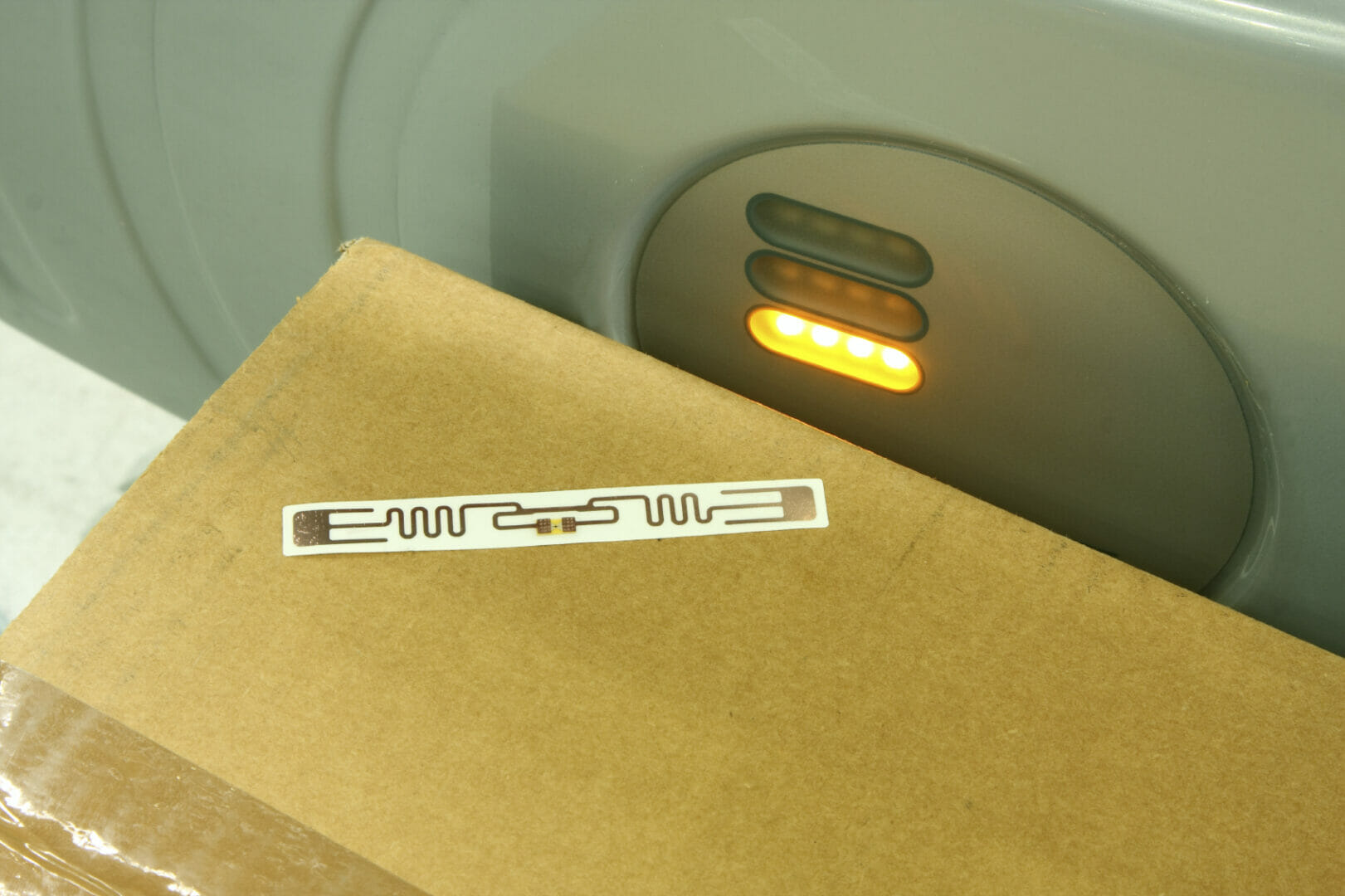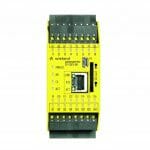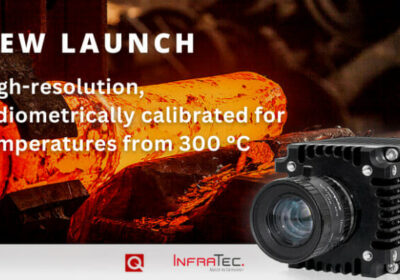RFID* deployment is on the increase, and has been growing at a rate of over 20% per annumⱡ. RFID is a powerful technology: in the right environment it can double supply chain visibility and pay for itself in a matter of months, through increases in performance and profitability. But it is not for everyone. Here we provide some advice on how to evaluate it.
Most manufacturers who install RFID are looking for automated visibility: being able, without human intervention to recognise and capture information on an asset or a group of assets, at speed – to know at any time what and where they are. They are looking for product visibility throughout the process, from goods in, to goods out, as well as higher visibility of the assets that are being used to manufacture the product.
Any logistics or manufacturing organisation should begin its evaluation of RFID by asking simply: “what’s our requirement?”
For example, does the company need to identify multiple items within a process, simultaneously (RFID can do that), or just singly, item-by-item?
Is it trying to capture information automatically, around its processes? For example manufacturing tracking, task by task, for maintenance and quality assurance purposes, with knowledge of which operator is responsible for each part of the process. RFID is well-suited to that set of requirements, which when met remove human error and result in better manufacturing control, higher information visibility, and productivity improvement. RFID saves time and money as scanning is automatic, while taking human error out of the mix is surely a step in the journey to supply chain’s holy grail. Being able to trace the production history of the component parts in any product can be vital. RFID also makes this possible.
RFID is not purely a plug-in solution, and to be effective requires well-written software and engineering applications. Its true cost may therefore be higher than its ‘list price’ – though there are circumstances where it is cheaper than barcoding. For example, the cost of a single RFID portal that automatically scans the contents of the pallet carried by every moving forklift truck is cheaper than fitting out twenty forklifts with barcode scanning equipment.
Red Ledge offers an RFID advisory service that allows companies to find out which group they fall into, earlier in the process – and earlier in their investment cycle.
Red Ledge Automated Manufacturing & Logistics solutions improve user performance by an average 250%, based on reports from manufacturing and logistics industry users say Red Ledge. www.redledge.co.uk







